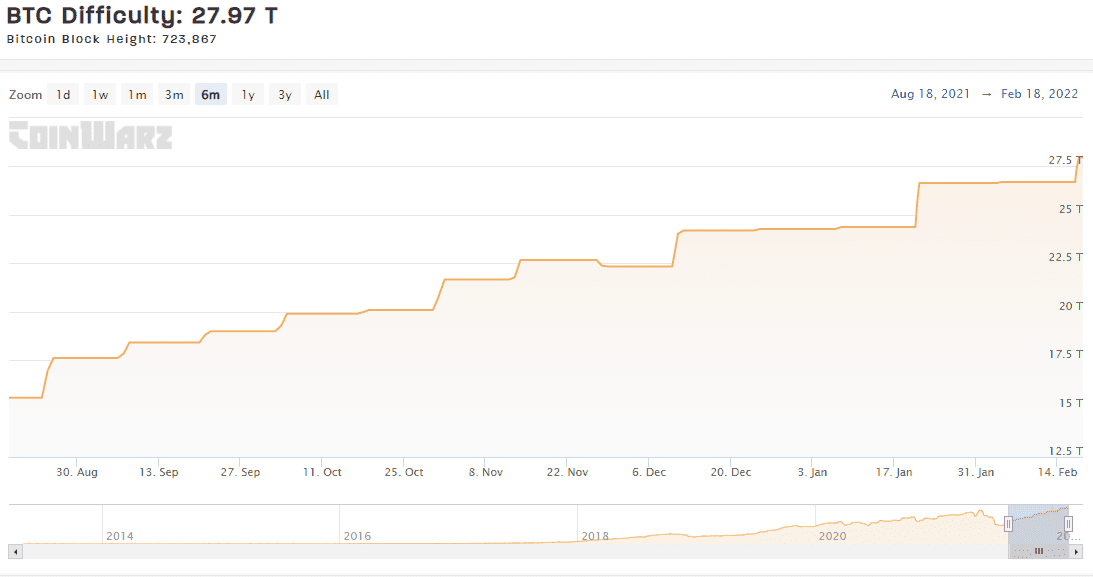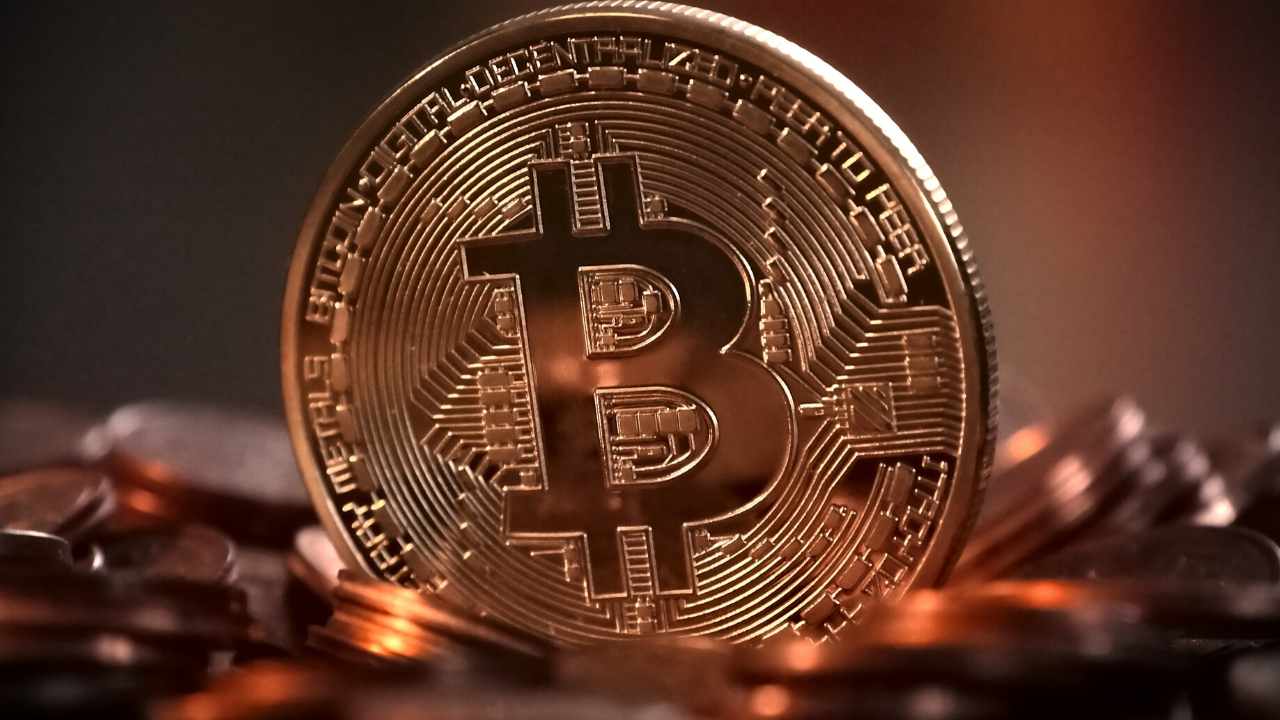
You may be interested in learning more about yield farming and the risks associated with Cryptocurrency. Here is a brief analysis of yield farming and its comparison with traditional staking. Let's start with the benefits that yield farming offers. This rewards users who provide sETH/ETH liquidity through Uniswap. These users are compensated according to the amount of liquidity that they provide. This means that, if you provide enough liquidity, your reward will depend on how many tokens you deposit.
Cryptocurrency yield farm
The pros and cons to cryptocurrency yield farming are obvious: it's a great way for you to earn interest while also accumulating more bitcoin currency. As the value of bitcoins rises, an investor's profits increase as well. Jay Kurahashio-Sofue (VP of marketing at Ava Labs), says yield farming is similar in concept to ride-sharing apps early on, when users were offered incentives for sharing them with others.
Staking isn't for everyone. To avoid losing your capital, you can use an automated tool to earn interest on your crypto assets. This tool generates an income for you every time you withdraw your money. Read this article to learn more about cryptocurrency harvest farming. It's more profitable to use automatic staking, as you will be shocked to learn. Comparing a cryptocurrency yield farm tool with your own investing strategies is the best way to decide on one.
Comparison to traditional staketaking
The main difference between traditional staking or yield farming is the risk and reward. Traditional staking is the act of locking up coins. Yield farming employs a smart contract to facilitate lending, borrowing and purchasing cryptocurrency. Participants in the liquidity pool receive incentives. Yield farming has particular benefits for tokens with low trading volume. This strategy is often all that is needed to trade these tokens. But, yield farming comes with a greater risk than traditional staking.
If you want to make a steady, consistent income, then stakes are a good option. It does not require large initial investments and the rewards are proportional with how much money you staked. If you're not careful, however, it can be very risky. A large majority of yield farmers don't know how to read smart contracts, so they don't understand the risks involved. Staking is generally safer than harvest farming but can be more difficult for novice investors.

Risks of yield farming
Yield farming is a lucrative passive investment option in the cryptocurrency market. However, yield farming comes with a number of risks, most notably the risk of impermanent loss. While it can be a very lucrative way to earn bitcoins, yield farming on newer projects can mean a complete loss. Many developers create "rugpull," projects that allow investors the ability to deposit funds into liquidity banks, but then disappear. This risk is similar to staking in cryptocurrency.
Leverage is a risk associated with yield farming strategies. This leverage increases your exposure to liquidity mining opportunities and also increases your likelihood of liquidation. You can lose your entire investment, and in some cases, your capital may be sold to cover your debt. This risk increases in times of high market volatility, network congestion, and when collateral topping up may become prohibitively expensive. When choosing a yield farming method, it is important to take into account this risk.
Trader Joe's
Investors will be able to make more while they stake their cryptocurrency with Trader Joe's new yield-farming and staking platform. The DEX lists 140 tokens, and has more than 500 trading pairs. It ranks among the top 10 DEXs by trading volume. Staking is more appropriate for short term investment plans that don't lock up funds. Ideal for risk-averse investors is Trader Joe's yield farm feature.
The most widely used method for investing in crypto is yield farming, which is Trader Joe's preferred strategy. However, staking is an alternative to long-term profits. While both strategies can provide passive income streams, staking is more stable than the other and is more profitable. Staking allows investors to only invest in cryptos that they are willing and able to keep for a long period of time. No matter which strategy you choose, both have their benefits and their drawbacks.
Yearn Finance
Yearn Finance is a great resource for anyone who wants to know whether yield farming or stake can be used for crypto investments. The platform uses "vaults" to automatically implement yield farm tactics. These vaults automatically rebalance farmer assets across all LPs and continually reinvest profits, increasing their size and profitability. Yearn Finance not only allows you to make investments in a wider array of assets but also provides the ability to perform the work for several other investors.

Yield farming can make you a lot of money in the long-term but it isn't as scalable as staking. You will need to lock up your assets and move around from platform-to-platform in order to yield farm. Staking is a risky business. You need to trust the DApps and networks you invest in. You'll need to make sure that you're putting your money where you can grow it quickly.
FAQ
Is there a new Bitcoin?
The next bitcoin will be something completely new, but we don't know exactly what it will be yet. It will be completely decentralized, meaning no one can control it. It will likely be based on blockchain technology. This will allow transactions that occur almost instantly and without the need for a central authority such as banks.
PayPal is a good option to purchase crypto.
No, you cannot purchase crypto with PayPal or credit cards. There are many ways to acquire digital currency, including through an exchange service like Coinbase.
What is a decentralized market?
A decentralized exchange (DEX) is a platform that operates independently of a single company. DEXs don't operate from a central entity. They work on a peer to peer network. This means that anyone can join the network and become part of the trading process.
Statistics
- This is on top of any fees that your crypto exchange or brokerage may charge; these can run up to 5% themselves, meaning you might lose 10% of your crypto purchase to fees. (forbes.com)
- “It could be 1% to 5%, it could be 10%,” he says. (forbes.com)
- As Bitcoin has seen as much as a 100 million% ROI over the last several years, and it has beat out all other assets, including gold, stocks, and oil, in year-to-date returns suggests that it is worth it. (primexbt.com)
- That's growth of more than 4,500%. (forbes.com)
- While the original crypto is down by 35% year to date, Bitcoin has seen an appreciation of more than 1,000% over the past five years. (forbes.com)
External Links
How To
How to start investing in Cryptocurrencies
Crypto currencies are digital assets that use cryptography, specifically encryption, to regulate their generation, transactions, and provide anonymity and security. Satoshi Nakamoto invented Bitcoin in 2008, making it the first cryptocurrency. There have been numerous new cryptocurrencies since then.
Some of the most widely used crypto currencies are bitcoin, ripple or litecoin. The success of a cryptocurrency depends on many factors, including its adoption rate and market capitalization, liquidity as well as transaction fees, speed, volatility, ease-of-mining, governance, and transparency.
There are many options for investing in cryptocurrency. There are many ways to invest in cryptocurrency. One is via exchanges like Coinbase and Kraken. You can also buy them directly with fiat money. Another method is to mine your own coins, either solo or pool together with others. You can also purchase tokens through ICOs.
Coinbase is the most popular online cryptocurrency platform. It allows users to buy, sell and store cryptocurrencies such as Bitcoin, Ethereum, Litecoin, Ripple, Stellar Lumens, Dash, Monero and Zcash. Users can fund their account using bank transfers, credit cards and debit cards.
Kraken is another popular cryptocurrency exchange. It lets you trade against USD. EUR. GBP.CAD. JPY.AUD. Some traders prefer trading against USD as they avoid the fluctuations of foreign currencies.
Bittrex is another popular exchange platform. It supports more than 200 cryptocurrencies and offers API access for all users.
Binance is an older exchange platform that was launched in 2017. It claims to be one of the fastest-growing exchanges in the world. It currently trades more than $1 billion per day.
Etherium, a decentralized blockchain network, runs smart contracts. It relies upon a proof–of-work consensus mechanism in order to validate blocks and run apps.
In conclusion, cryptocurrencies are not regulated by any central authority. They are peer-to–peer networks that use decentralized consensus methods to generate and verify transactions.